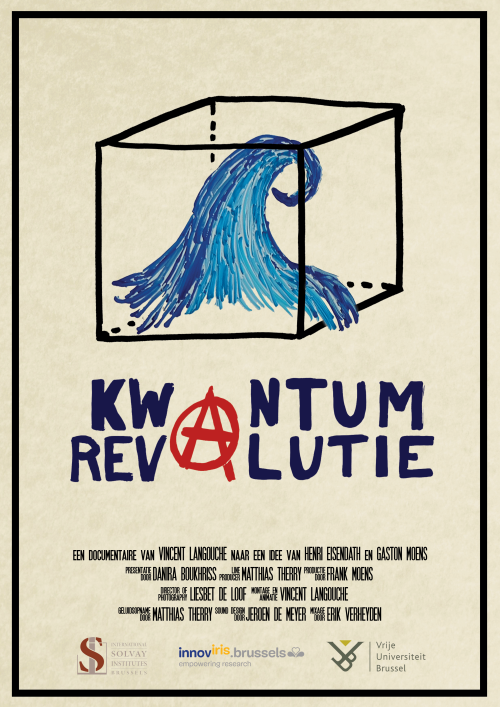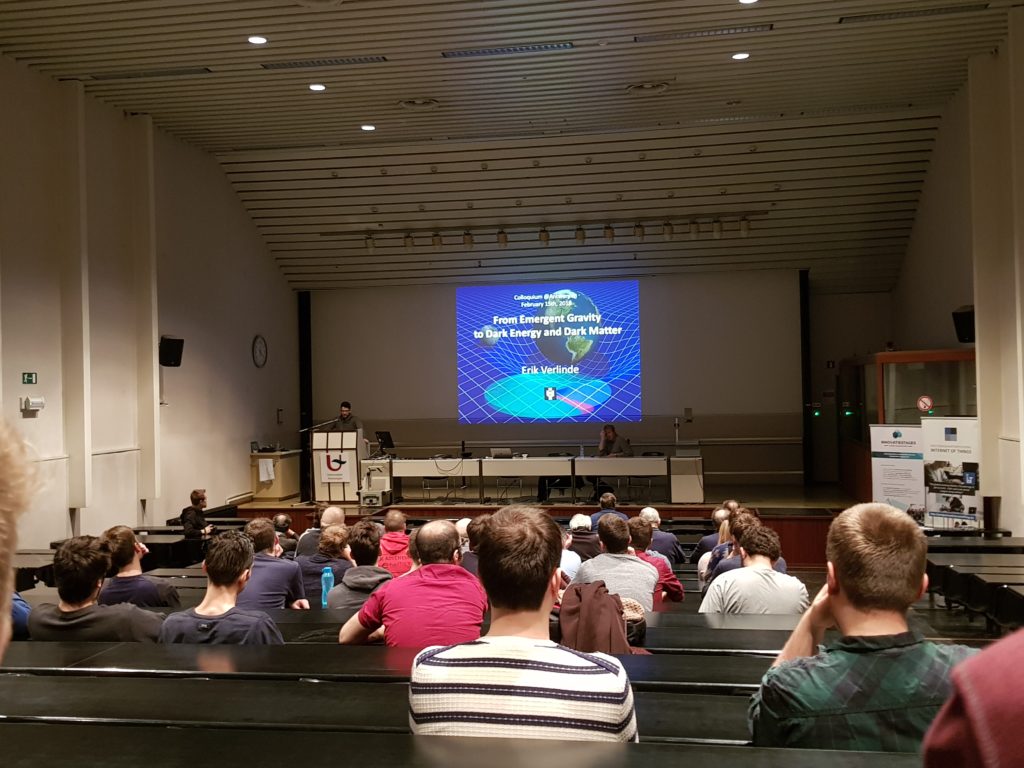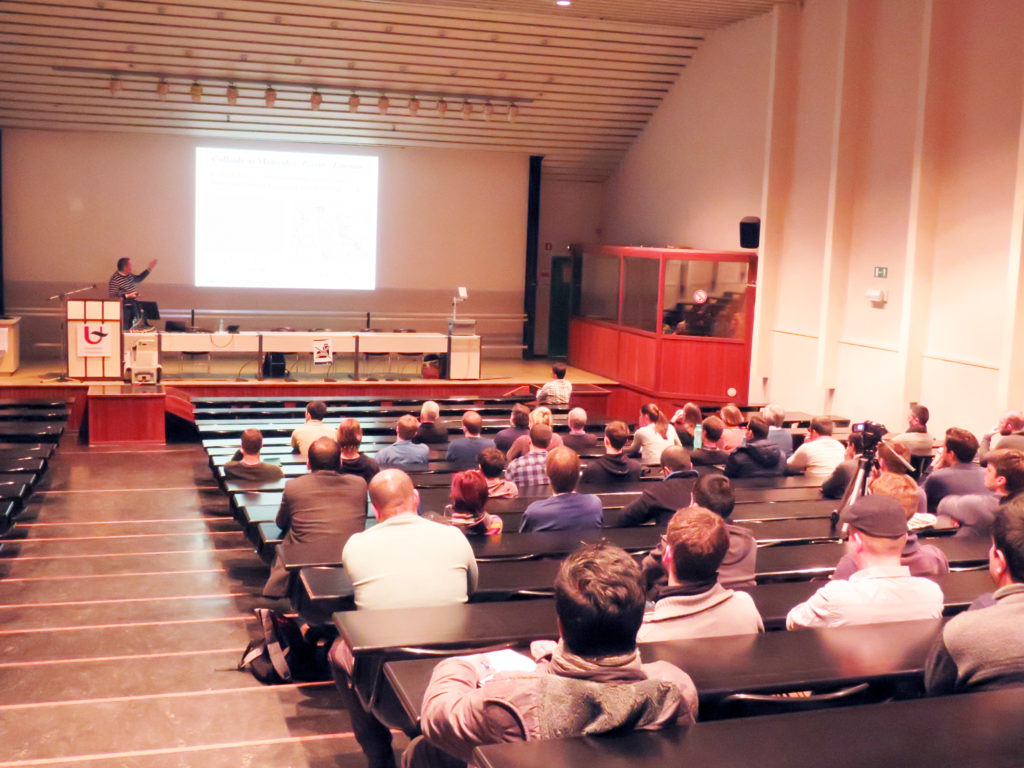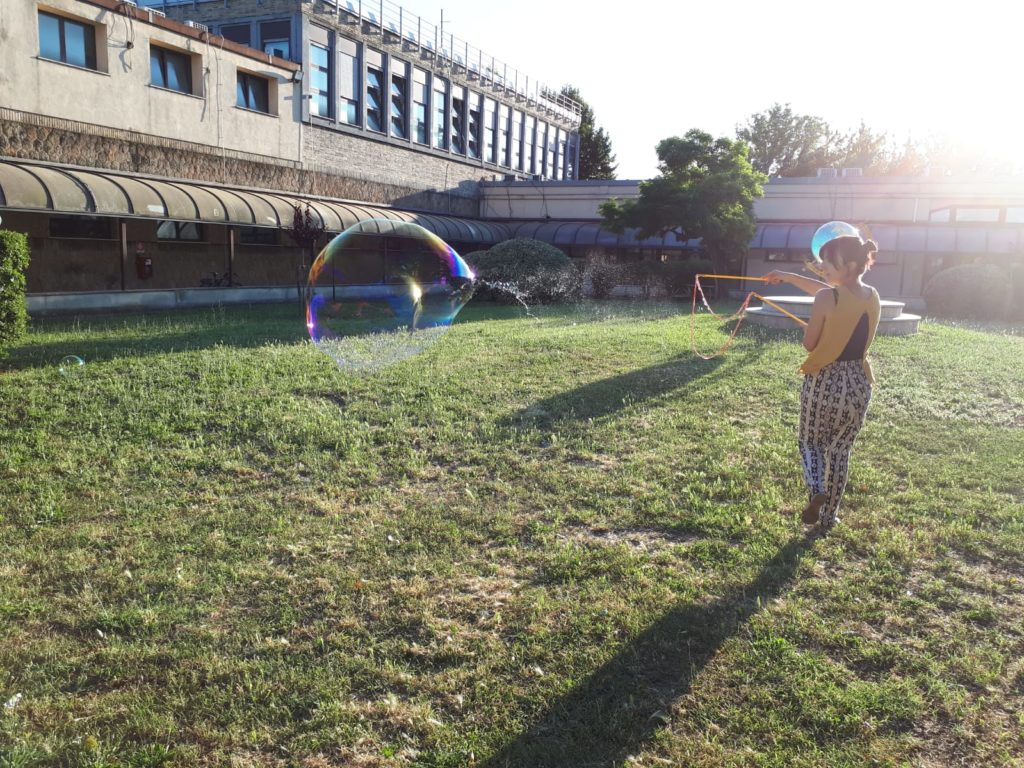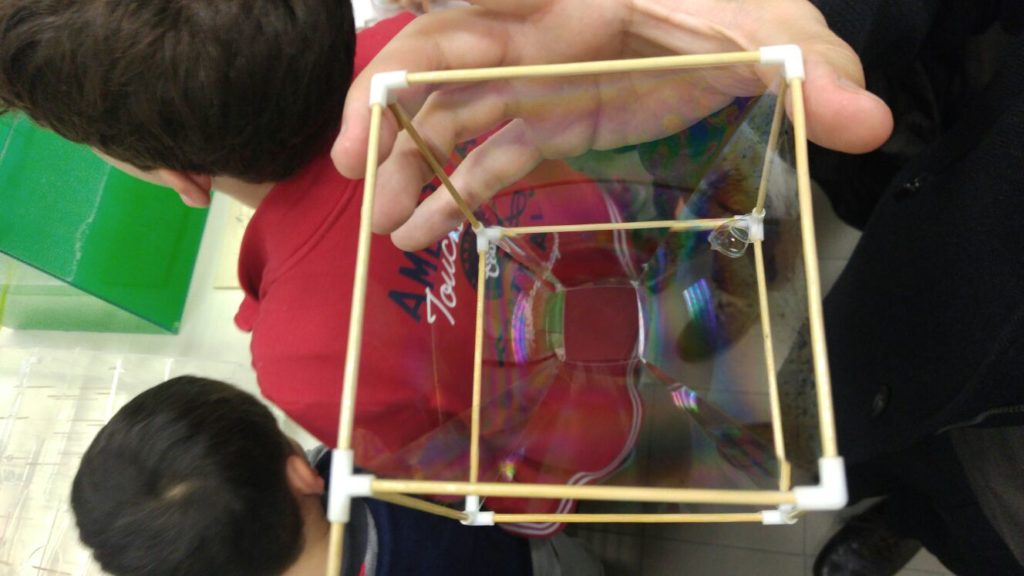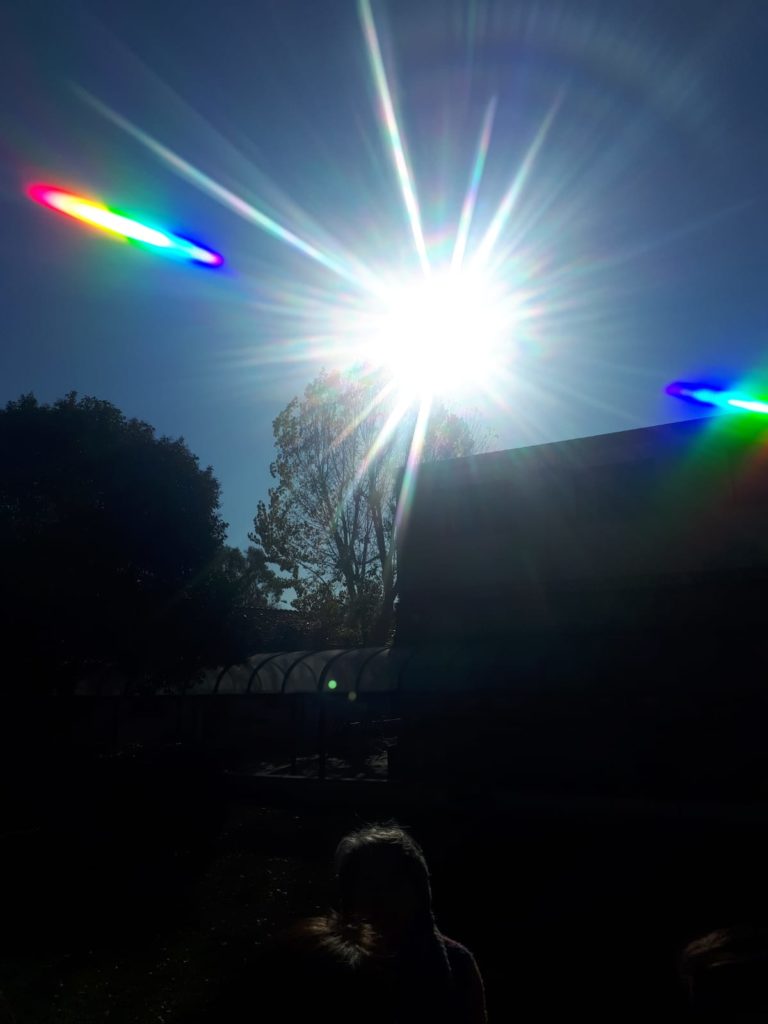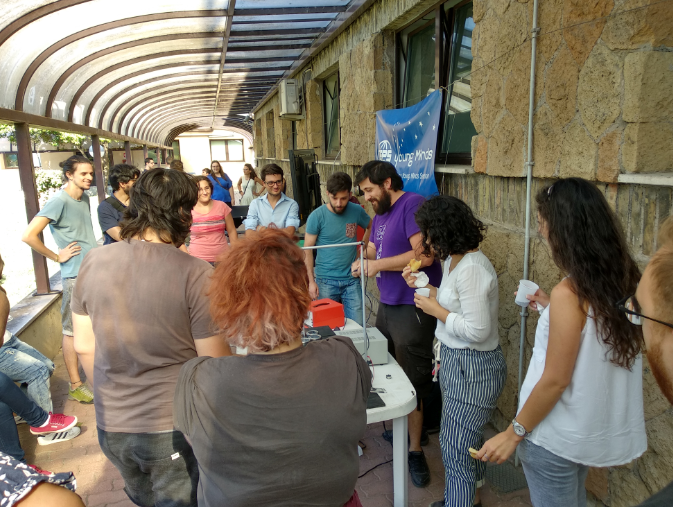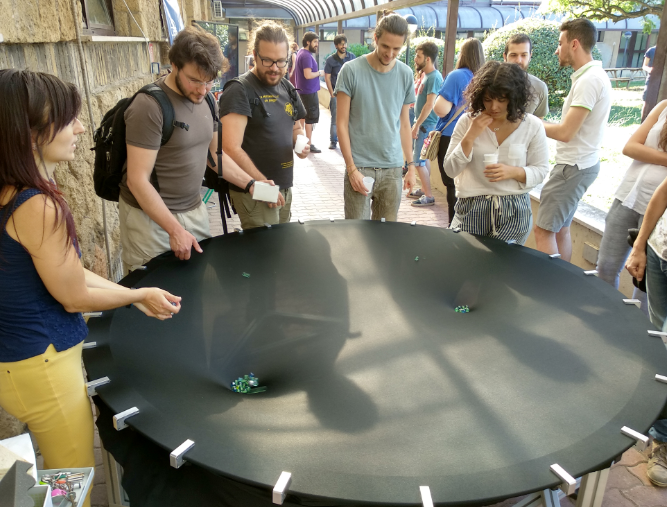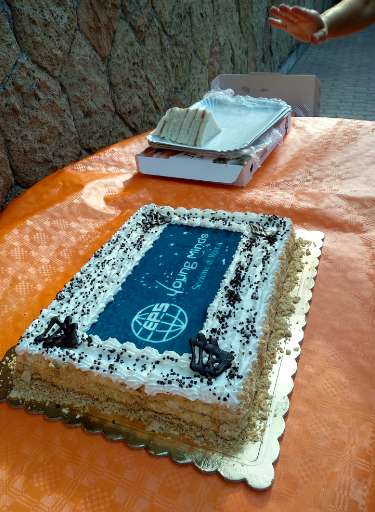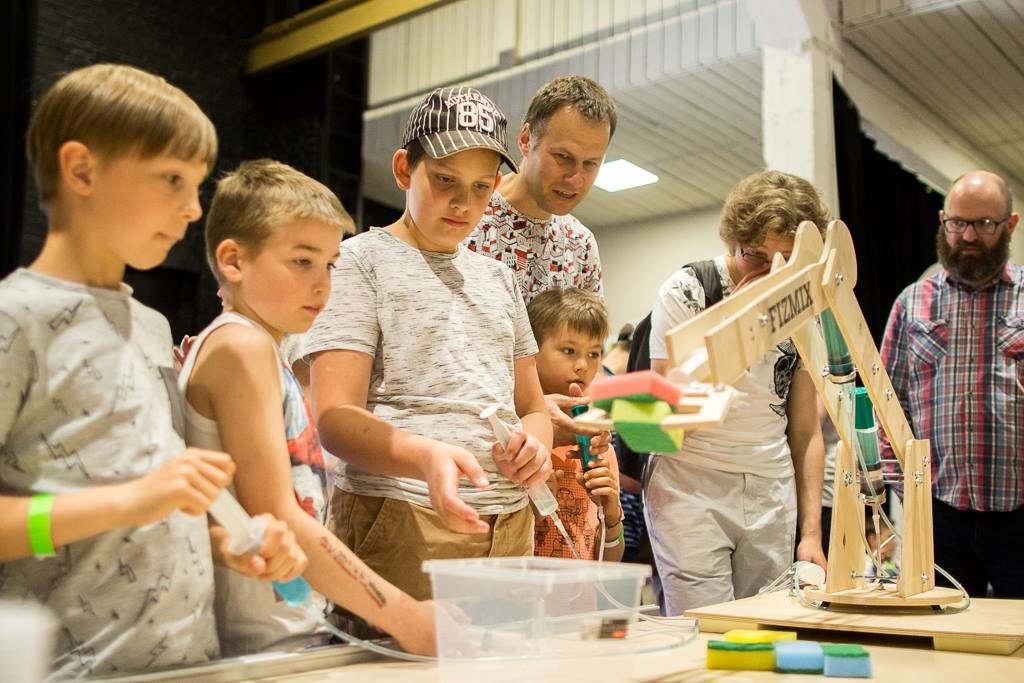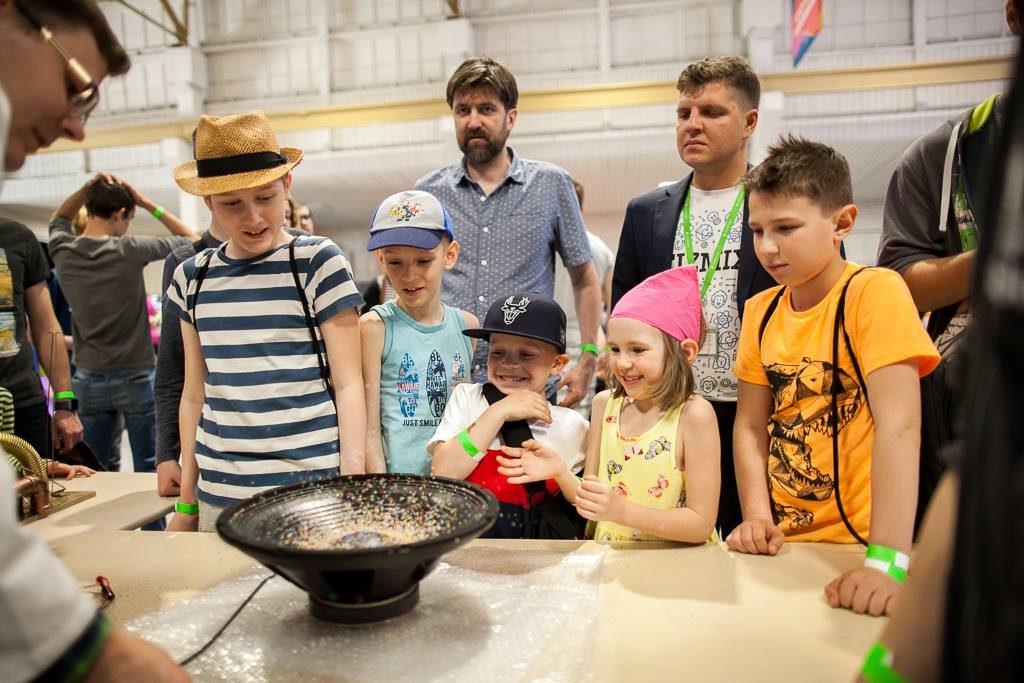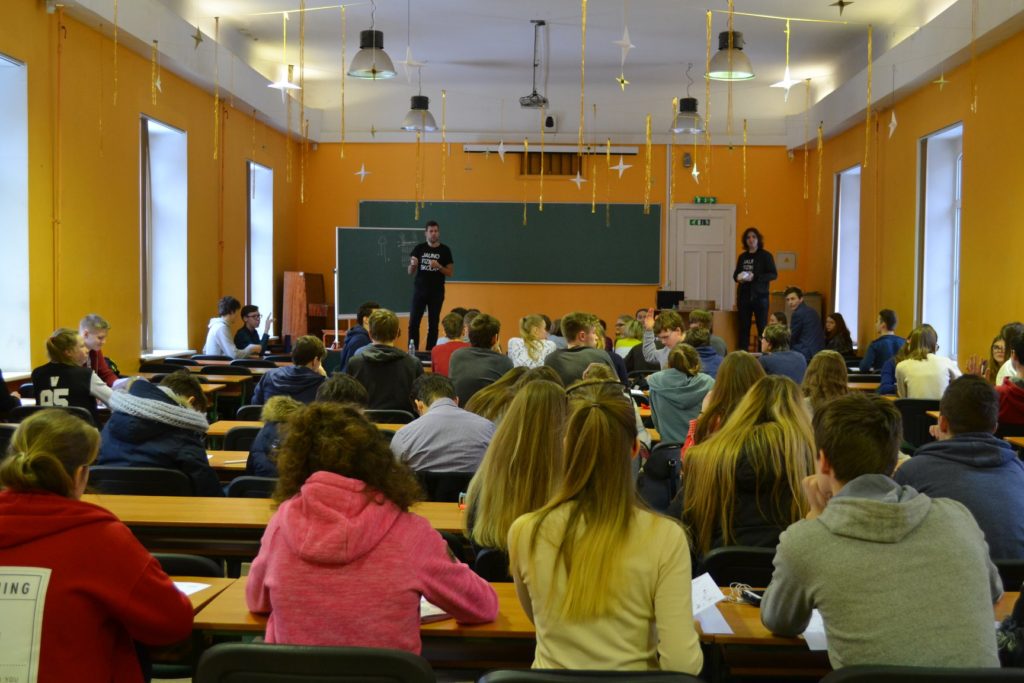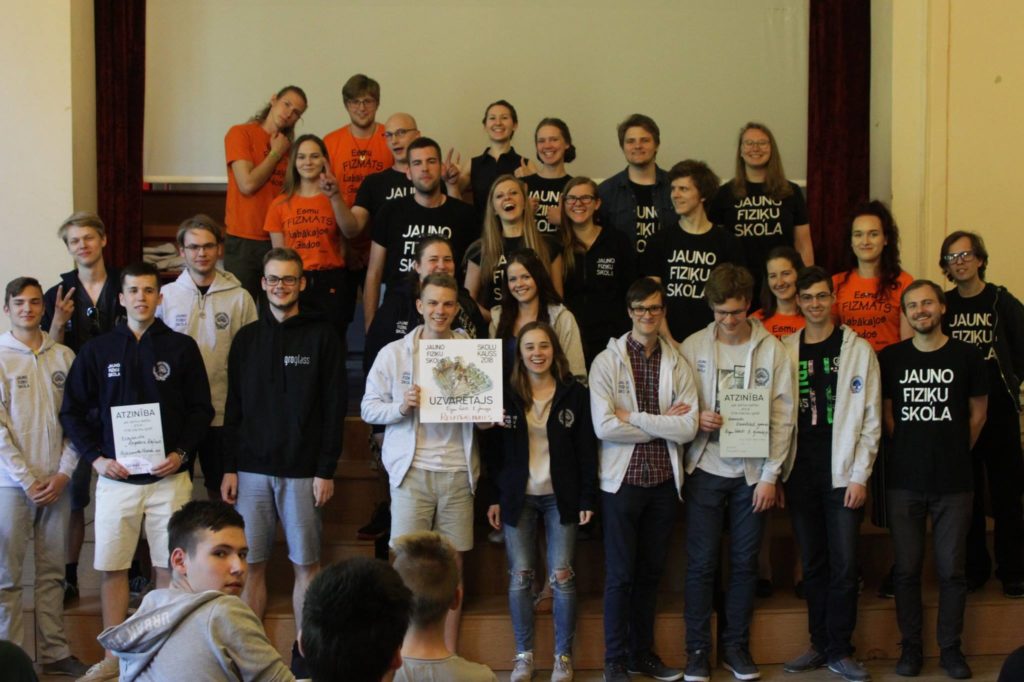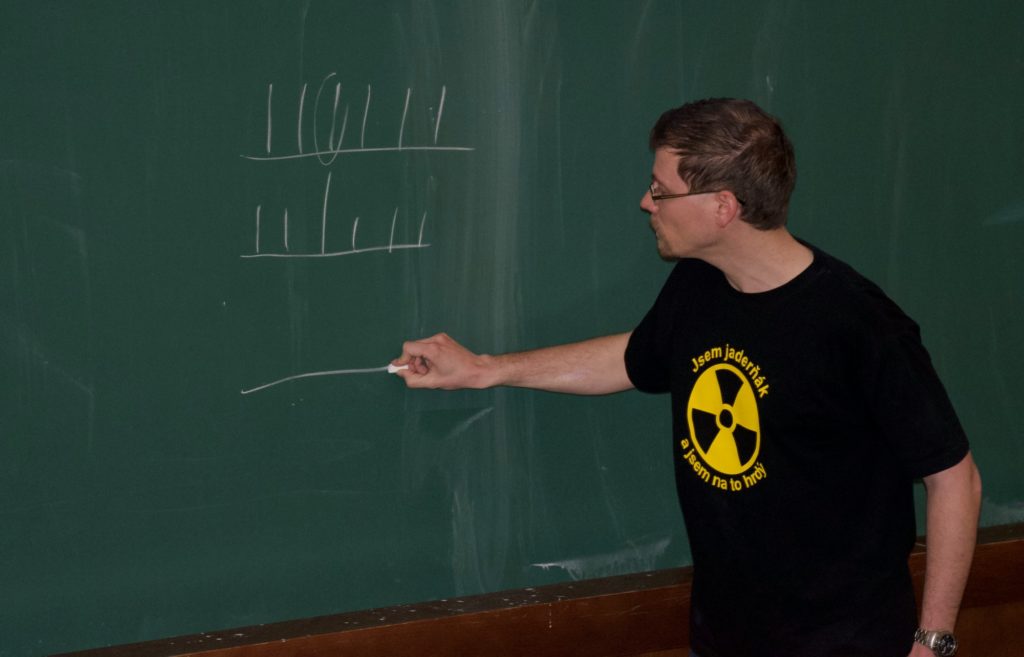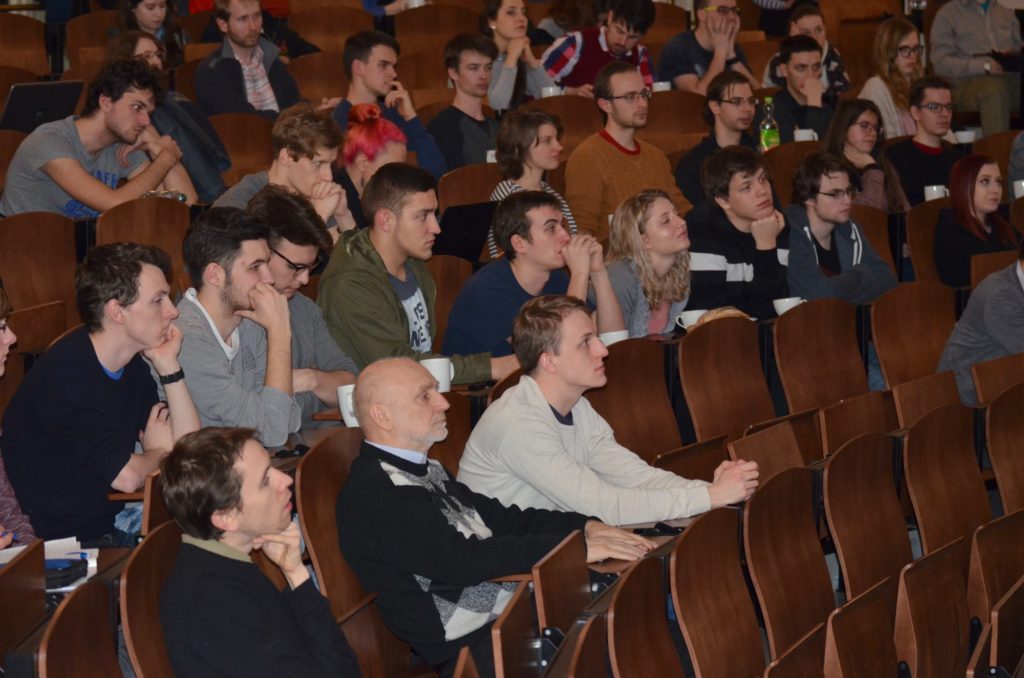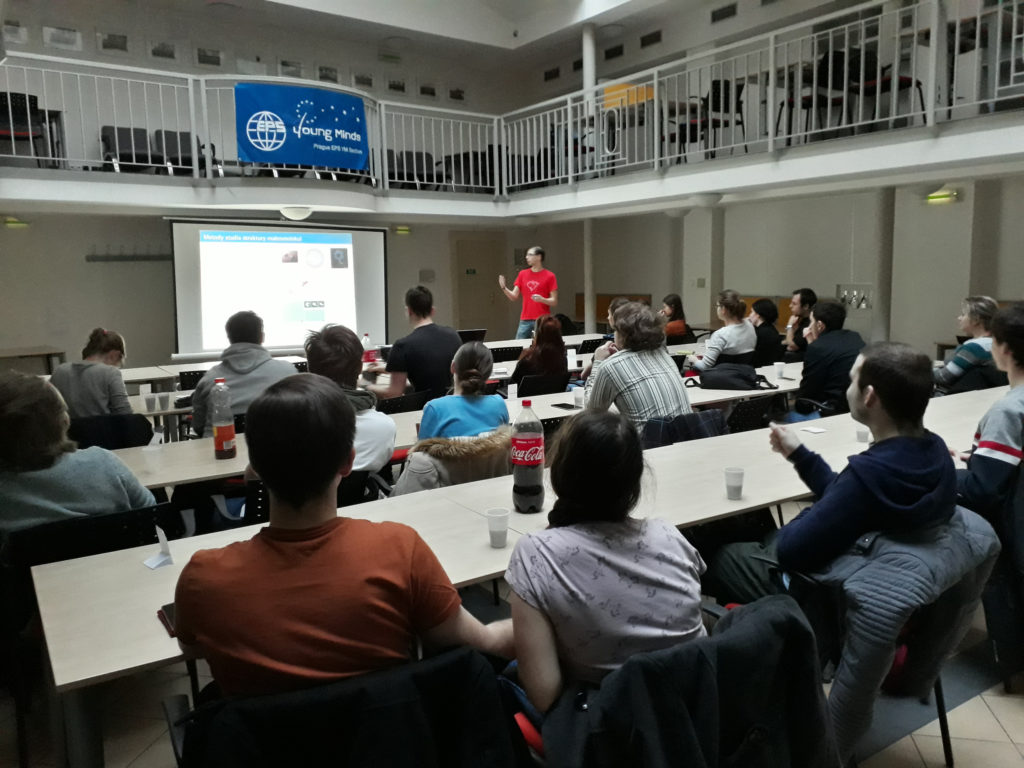In our latest event we held a screening of the Flemish documentary Kwantumrevolutie (Quantum Revolution). This documentary narrates the chronological discoveries concerning quantum mechanics, like Thomas Young’s double-slit experiment and Albert Einstein’s Photoelectric effect. The director of this documentary has a Master degree in both the Audiovisual Arts and Physics, which makes him the ideal person to narrate this topic. Since the physics behind all of these surprising experiments is explained clearly and shown intuitively, this movie forms a great introduction to quantum mechanics for those who are not yet familiar with its basic concepts. Moreover, the way these experiments are portrayed in a historical context also makes the documentary enjoyable for scientists who are more well-versed on this subject.
The documentary also focuses on the important role Belgium played in solving these quantum conundrums. The Belgian industrialist Ernest Solvay founded The International Solvay Institutes for Physics and Chemistry and facilitated the famous Solvay Conferences. During these conferences the issue with quanta, atoms, electrons and more, were thoroughly discussed by leading international scientists. The documentary narrates the story of the members of the first conferences and their important findings which have led to the quantum theory as we know it today. Not only does this documentary quench the thirst for historical and scientific knowledge, it also provides a prime example of how interdisciplinary and international collaborations can lead to a brilliant outcome.
In summary, this meticulous portrayal of the history and physical consequences of the quantum theory is an absolute must-see for anyone with an interest in modern physics, and we are proud to have reached a quite international and diverse public made up of members from the whole Science faculty with our screening.

